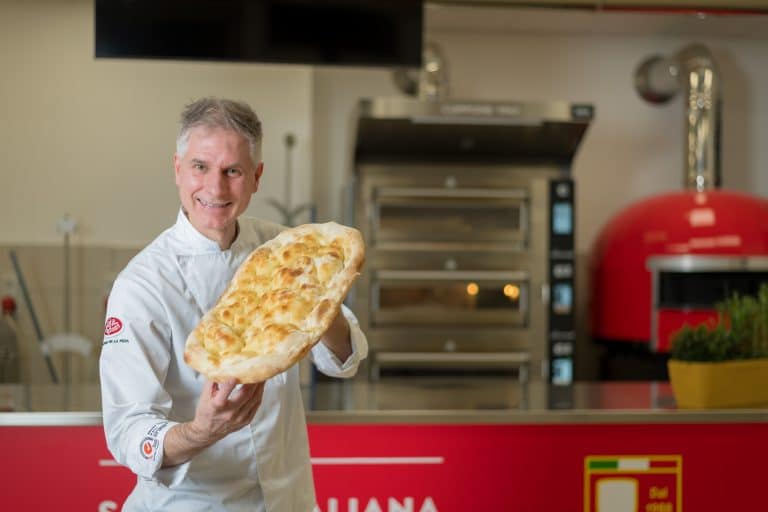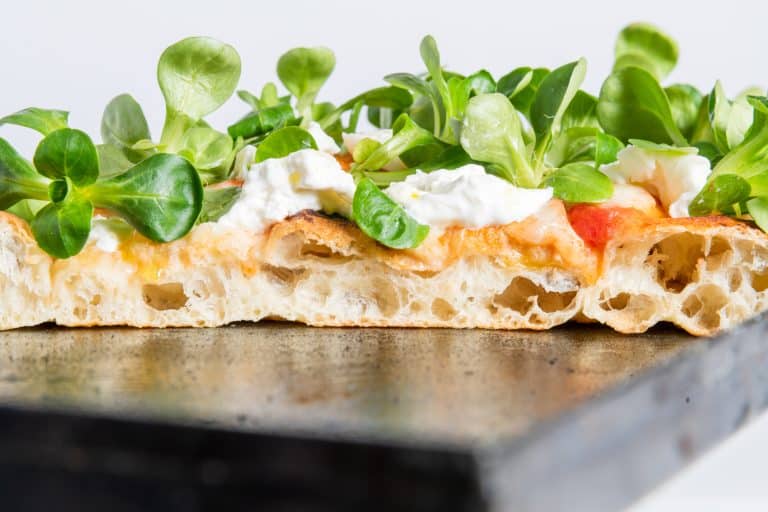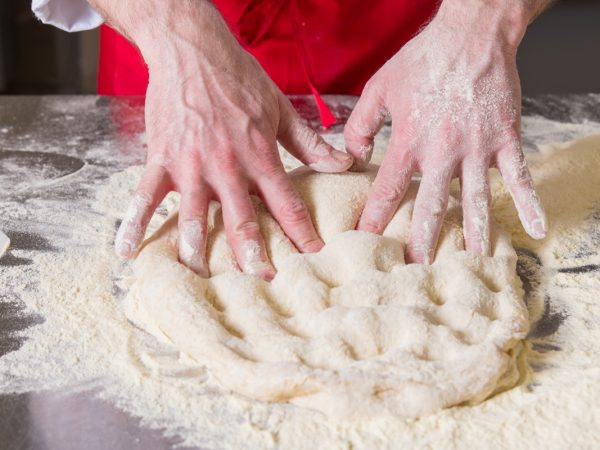Pizza in pala, pinsa, and teglia are the most important styles from Rome or otherwise representative of central Italy, while focaccia and padellino embrace different regional cultures from the north to the far south of our country. What all these doughs and styles have in common is their growing popularity, in Italy and abroad, which has occurred mostly in the last decade as new patterns of pizza consumption have emerged. These are high-hydration doughs that are simple in terms of preparation but have multiple variations that affect the structure, quality, and aesthetics of the product to be obtained.
Scuola Italiana Pizzaioli offers a three-day full immersion course to learn the main techniques of kneading, drafting and baking these different styles of pizza. The course includes the use of multiple flours, with a special focus on the latest stone-ground, cereal mix and whole grain flours, in order to gain the right awareness of the raw materials to be kneaded and learn all the possible nuances so that you can customize your product.


